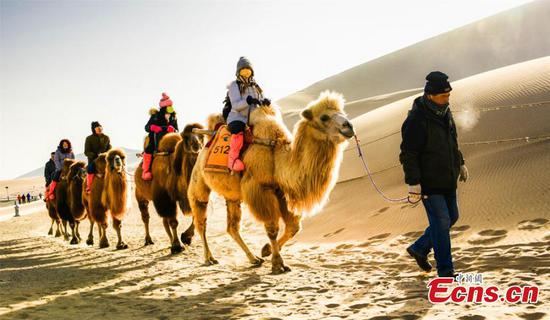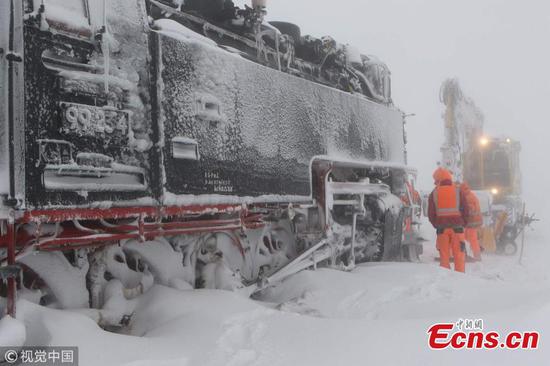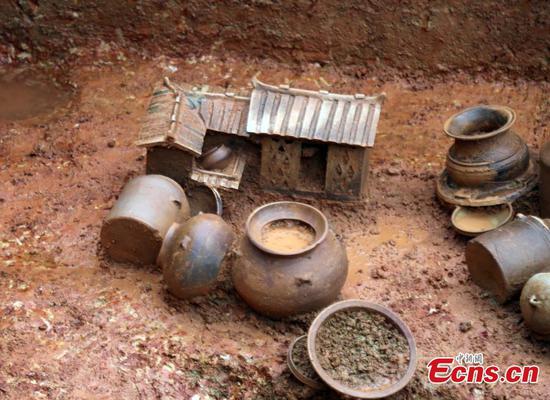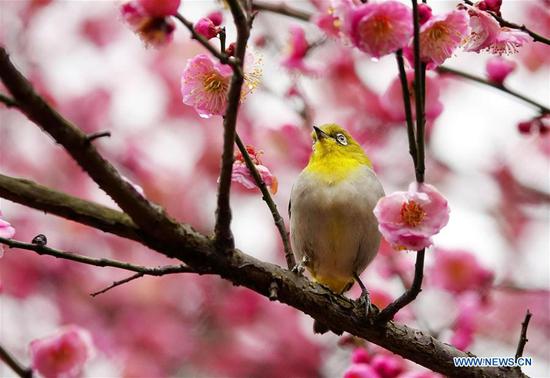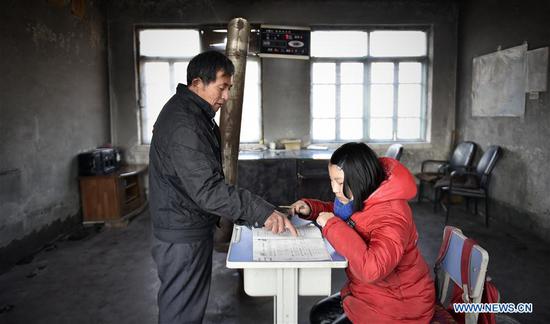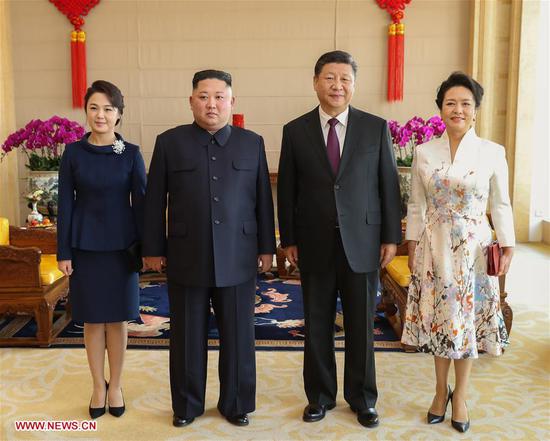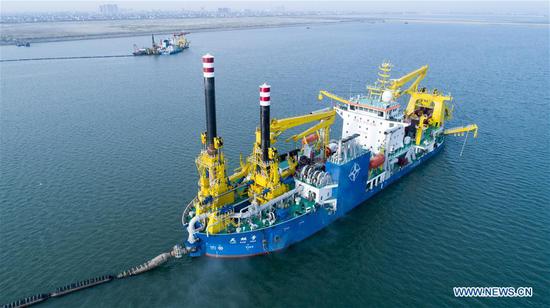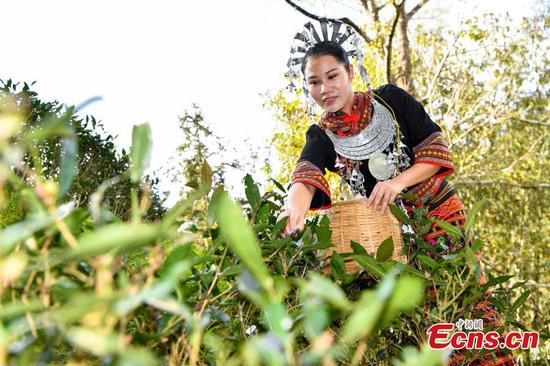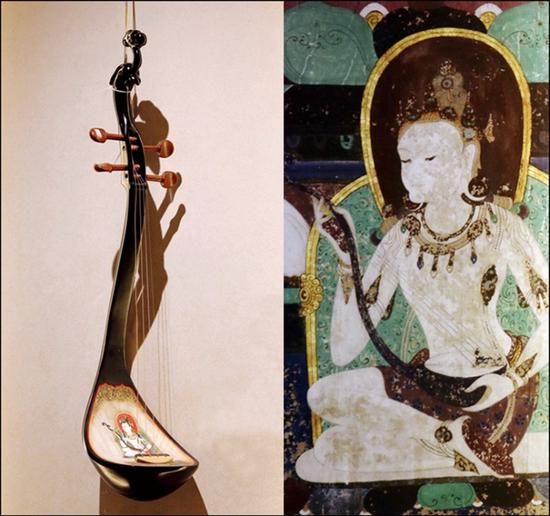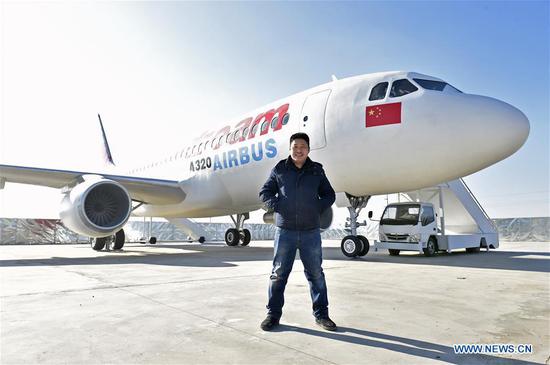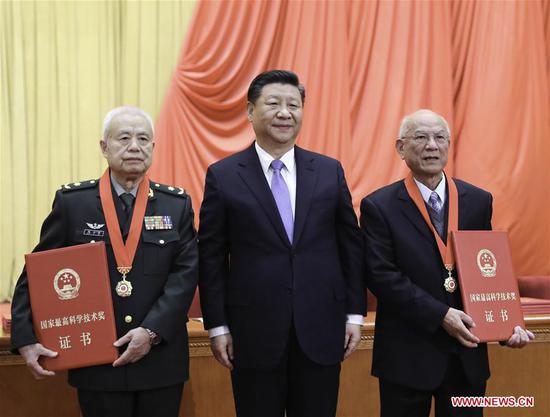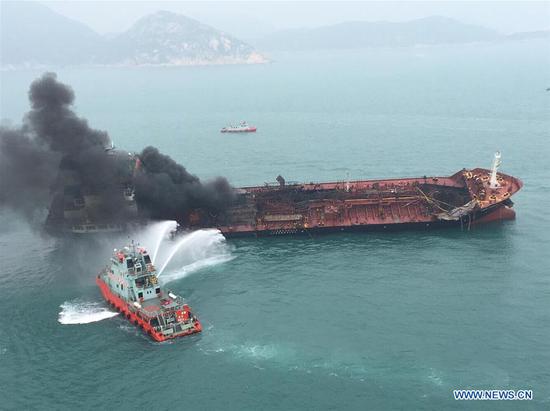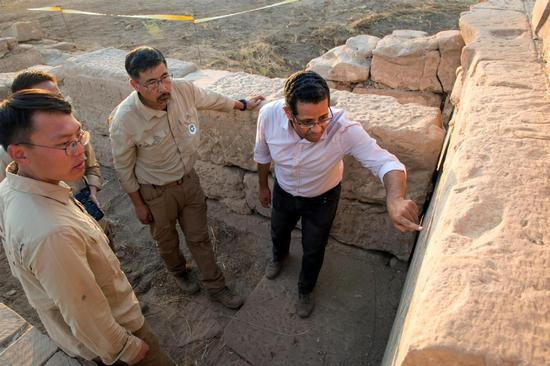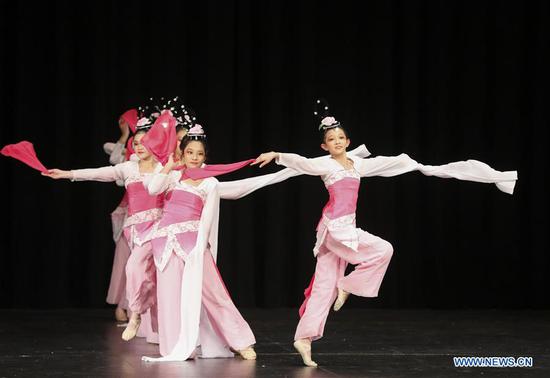A new law has been enacted at the Mount Qomolangma reserve to conserve the environment surrounding the world's highest mountain.
Founded in 1988, Mount Qomolangma National Nature Reserve in the Tibet Autonomous Region covers an area of 33,800 square kilometers that encompasses the world's most vulnerable ecosystems.
The reserve is regulated by a new law starting from the latter half of the last year, said Kelsang, deputy director of the reserve administration.
According to the regulation, it prohibits tree-felling, herding, hunting, collecting and sabotaging of turfs in the reserve.
The legislation also disciplines mountain-climbing, tourism, scientific exploration, engineering projects and ranger patrol. No production facilities are allowed in the core area of the reserve, which makes up about one-third of the total area.
A total of 112 people work for the reserve administration. The new legislation demands the local government to engage the public in conservation efforts.
"The reserve is the first in Tibet to subject itself to such a regulation. It draws a red line and warns people not to cross it. The law marks progress in Tibet's environment work," said Kelsang.
"The regulation responds to growing challenges posed by economic and social development in surrounding areas," said Lei Guilong, a former forestry official and an adviser to the Tibet Regional Committee of the Chinese People's Political Consultative Conference, which convened its annual session on Wednesday.
"I have brought up several proposals to call for legislation work to be stepped up," he said.
The administration and the Xigaze municipal government spent four years to draft the law.
According to the conference, political advisers in Tibet made 37 proposals regarding environmental conservation last year. They suggested raising funds for protecting grasslands and developing environment-related industries.









